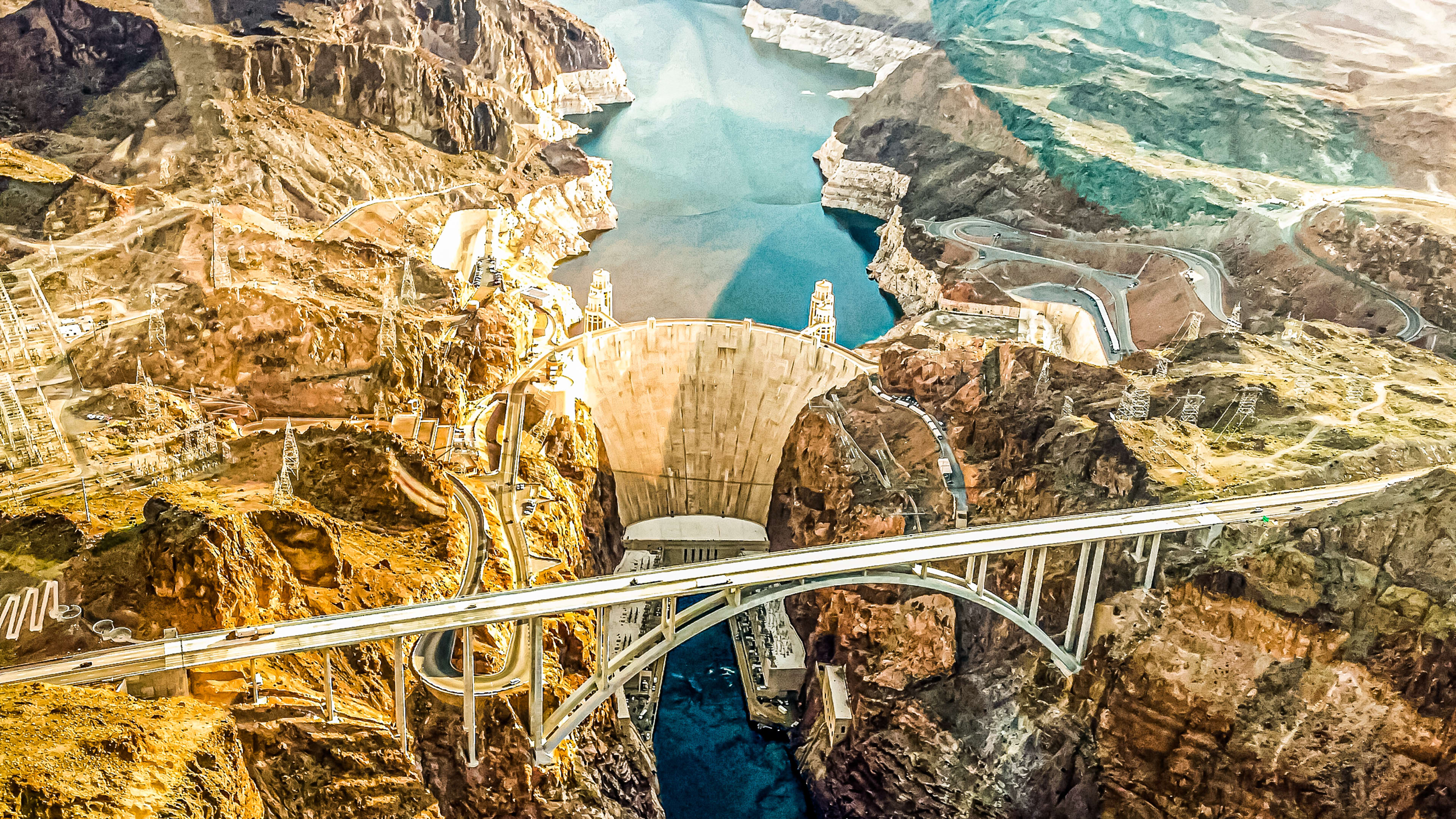Do you know where your drinking water comes from?
If you live in California, Colorado, New Mexico, Arizona, Nevada, Wyoming, or Utah, your primary source of drinking water is the Colorado River, but that’s in serious jeopardy. Overuse and climate change have had a domino effect on the main water source for many, which led to the government’s pressure for states to develop a conservation plan to 25% of water use or have federal water officials step in to enforce one of their own. This week, six of the states—excluding California—submitted a proposal to save the oasis of the arid west.
Here’s what’s happening with the crisis at the Colorado River:
- A crisis on the Colorado River. Over the past two decades, the Colorado River has been rapidly depleting due to climate change and drought impacting precipitation, snowfall in the Rocky Mountains, and warmer weather that melts snowcaps earlier in the season and evaporates more of the watersheds in the summer. The U.S. Bureau of Reclamation called for a proposal to conserve 2 million to 4 million acre-feet of water; for perspective, one acre-foot of water could supply two to three households for a year.
- Western U.S. without water. While Southern Californians water their lawns, many Native American tribes still lack the infrastructure to access water from the same source. Since the Colorado River Compact was signed in 1922, Mexico and 30 Native American tribes have long been in a battle with the U.S. government over access to the Colorado River. Since the agreement was exclusive to the seven states, the Colorado River has been unfairly distributed among those states, with tribes and Mexico struggling for a seat at the negotiation table.
- Privatizing water and the consequences. In the Mojave Desert, a private company is beginning to drill into 10,000-year-old aquifers to sell back to Californians as the region becomes more water scarce. In western Colorado, $20 million worth of land was purchased by Water Asset Management, a New York-based private firm intent on profiting from what it calls “a trillion-dollar market opportunity,” CBS News reported. Along the coast of California, private companies are pitching the Coastal Commission for permission to open desalination plants, which extract water from the ocean to filter and sell back to regional and local utilities. Water rights activists are raising red flags regarding the ethics of water privatization and the grave impacts on communities and ecosystems.
Water conservationists argue that tapping into ancient wells and the ocean should be used as a last resort since other methods of water conservation have yet to be implemented.
Recognize your brand’s excellence by applying to this year’s Brands That Matter Awards before the early-rate deadline, May 3.
